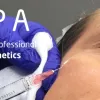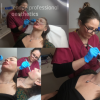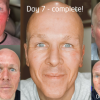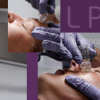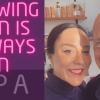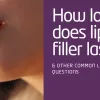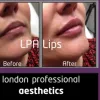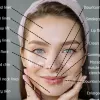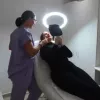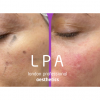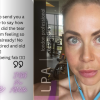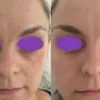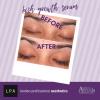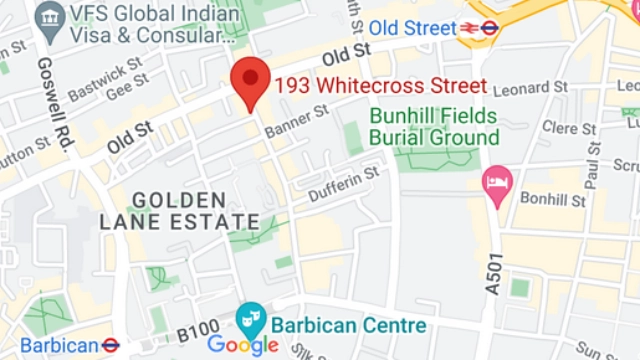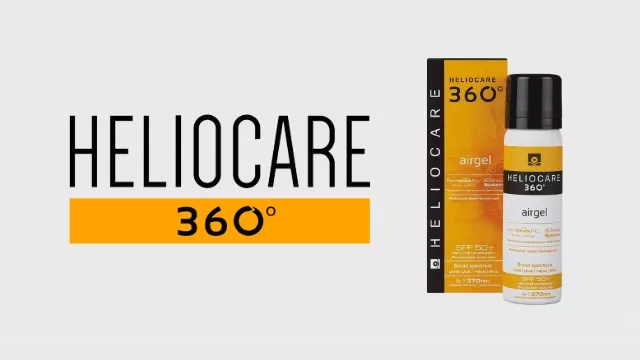
SPF for Dummies – Part One
Posted on
‘We are finally in June, I think we can officially start talking about summer now.
This blog is going to focus on something which is really nice and simple to get you in the summer mood. The topic is simply SPF. I know people are way better than they used to be with SPF these days. However, I am still surprised about how much I actually talk about this issue in clinic when I see clients and how much people still perhaps feel that it is only something that is relevant for the summer or that it is only for people that have fair skin or for people who do not want a tan. Lots of perceptions of things that are not quite right.
I have mentioned before, but I am certainly of the era when it came to sunbathing that you smothered yourself in oil. A bit of Hawaiian Tropic went down when I was in my 20s. Lemon juice in the hair also, desperately trying to achieve that kind of Californian Baywatch glow, regardless of your skin type. I am actually a Celt, so I have got typically Celtic skin. I have dark hair, fair skin, I get freckles and I burn. So ‘oiling up’ was not a good move for me, but that is what I did. I had many experiences when I was younger of being bright red, which is not a very attractive look. I also experienced peeling, that was a normal part of the sun process for me. As for the lemon in the hair, all it did was attract insects and dry your hair out. Thankfully we have moved on from that era. I think people are way more responsible with the sun now it used to be.
I started to become more responsible at using SPF in my 30s. Sun exposure has this weird way of coming and biting you on the bum, much later on life and lots of my clients notice this. I can agree myself.
It was not until my mid 30s, that I started to notice that anytime I did get any kind of degree of sun exposure, although by this point, I was using SPF, I would be left with pigmentation. I have two patches on the side of my face that come up with noticeable pigmentation. This now seems a little unfair, because now I am quite good. However this is not unique to me, often that poor sun practice that you think you have gotten away with, it starts to rear its ugly face as you get a little older.
Pigmentation is hard to treat but not impossible, so you can treat patchy pigmentation with treatments such as chemical peels. You can use microneedling. You can use home skin care containing products like hydroquinone and tretinoin, these are prescription only ingredients. They work well, quite efficiently. They will all have side effects because pigmentation usually originates in the deeper layers of the skin. Any treatment that is going to be effective therefore will have side effects, which will include redness, peeling and irritation.
During a consultation about pigmentation, the number one piece of advice I will give you is to start getting into the habit of using the SPF every single day regardless of weather. When I send people away from a consultation to consider treatment options, I would always drum message that into them. This way, you are already doing something to stop any pigmentation from getting darker as it will with repeated sun exposure. In addition to this, unfortunately, although you can treat these issues like pigmentation, it does require maintenance.
In other words once those pigment cells have been switched on, even if you use something to get rid of the discoloration on the skin, those pigment cells are always ready to fire up again with any sun exposure. Whether you have a peel, laser, microneedling, whatever you do, you need to maintain it by using SPF. If you do not use SPF following one of these treatments, you are in effect throwing your money away.
In this way, if you can start with getting into good SPF habits, then that puts you in really good stead whatever you decide to do with regards treatments.
In terms of where and when and how and why, essentially you are applying to exposed skin, it is that simple. The face is the most obvious, especially if we are focusing on signs of ageing. If you are a guy and you are with thinning on top, you want to make sure that you are also getting that SPF onto the top of the head, this is a vulnerable area for skin cancer risk as well.
LPA is an award-winning nurse-led clinic. Our philosophy is to help you age in a way that you feel confident and comfortable in yourself. We’re on a mission to win your trust from the off, by making your visit relaxed and easy and ultimately sending you on your way with a natural revitalised and more attractive version of you, so that you’re ready to conquer your world!
We are based in EC1 in the bustle of the city. We are registered with Save Face, the UK aesthetics regulatory body.
One of my top tips now that I will share with you now is that I always put on SPF not only on my face but also right the way down my neck and right the way along my decolletage. Because for women, this area is quite often exposed, even when it's not particularly hot. Blouses, dresses, this area is exposed and it's very difficult to improve the signs of aging on the neck and the decolletage. Again, it's not impossible, but prevention is so much better. I religiously now put SPF on the whole of the face, the neck and I take it right down to the decolletage. The other thing I do is the back of the hands. I do that every single day. I think that's a really good thing to do.
The younger you start, obviously the more benefit, however as with most things in life, starting sometime is better than never. I am sure that everybody knows that SPF stands for ‘sun protection factor’. You ideally want to protect your skin from both UVA and UVB rays. Those are the rays emitted by the sun that we cannot see with our eyes. To keep it really simple, the UVA rays are responsible for increasing cancer risk. UVB rays are the tanning, ageing and wrinkle provoking rays.
In an ideal world, you want to give yourself protection against both of these types of rays. When you look on the packaging therefore, you will see either UVA & UVB or ‘broad spectrum’.
Then, it starts to get more complicated, you may ask how long does it last? How often should I reapply? What do the numbers mean?. SPF 30 (for example) means that you have got 30 times as long to burn as without the product, SPF 15, you have 15 times as long to burn as without the product. These rules are conditional on the basis that you actually use the correct amount of product to start with. Also one has to bear in mind, how long does it take you to burn without the product? The guidance is not a very easy thing to follow.
One of the common mistakes I think that people make is that they go for a higher factor and on that basis they think that it is going to last longer. Whilst this may be true when comparing factor 15 to factor 30, actually, we know that the difference between factor 50 and factor 30 is minimal. This can give you a false sense of security. As a general rule and I think you will find that all the skin cancer authorities will say that we should be using a minimum of SPF 30, so that is what I too, would recommend.
I personally do tend to use SPF 50 especially if I am on holiday. I am careful about frequent reapplication. If you look at all of the evidence, you are supposed to use a substantial amount of product to get the protection stated on the bottle, just bear in mind that 30 times longer for you to burn may not be accurate guidance if you are not applying that amount of product.
Like many things ‘skin’, approaching sun protection with a layering strategy is your ideal way to protect yourself from the sun. That can mean layering different products. Use an SPF, a foundation with SPF, a powder with SPF, you get the gist!
Also, when we talk about layering, we also mean physical layers – hats, clothing, shaded areas.
Ideally, you want to reapply these products frequently. ‘Frequently’ means every couple of hours. Again, it really depends where you are. We need to be realistic about this. If you are lying on the beach it is no big deal to reapply every time you come out of the water, every couple of hours. This may be different if you are just out and about on a day working or walking from A to B. Perhaps you are wearing makeup. Maybe you are at an outdoor wedding wedding or a festival. It becomes more difficult then to maintain that recurrent reapplication.
With this in mind, you need to be mindful that the SPF that you put on at 10:00 this morning is likely to be very minimally, if any effect at all by 5:00 or 6:00 in the evening. This is where you are layering and keeping out of the sun comes into context as well.
Ultimately you have the information now to make choices. As with everything in life, you have you to decide your priorities and work from there. If you know that your SPF may not be protecting you properly the whole day long, you may choose to live with that or to take appropriate measures. When you have the info you are then making an informed decision whatever that may be!’
Elizabeth Rimmer
Clinical Director





